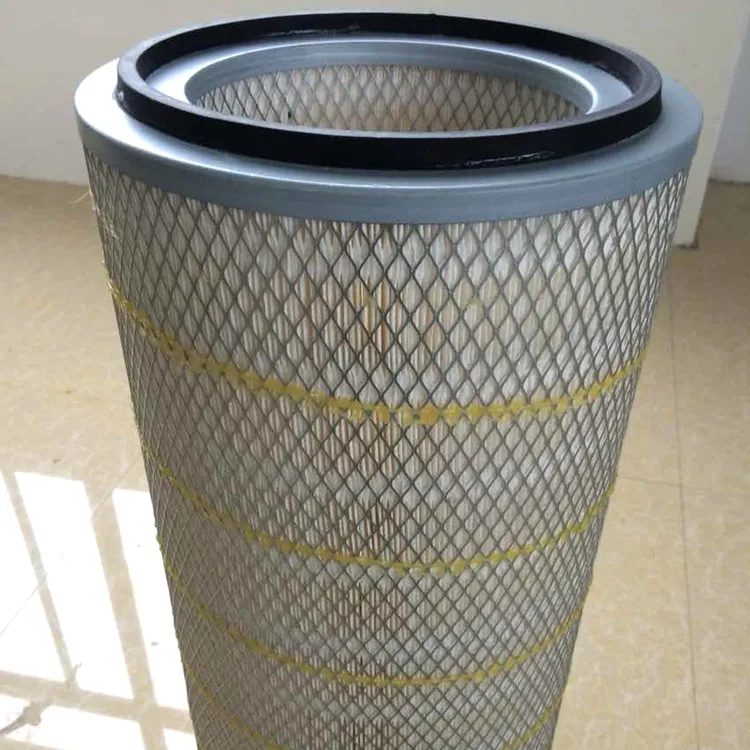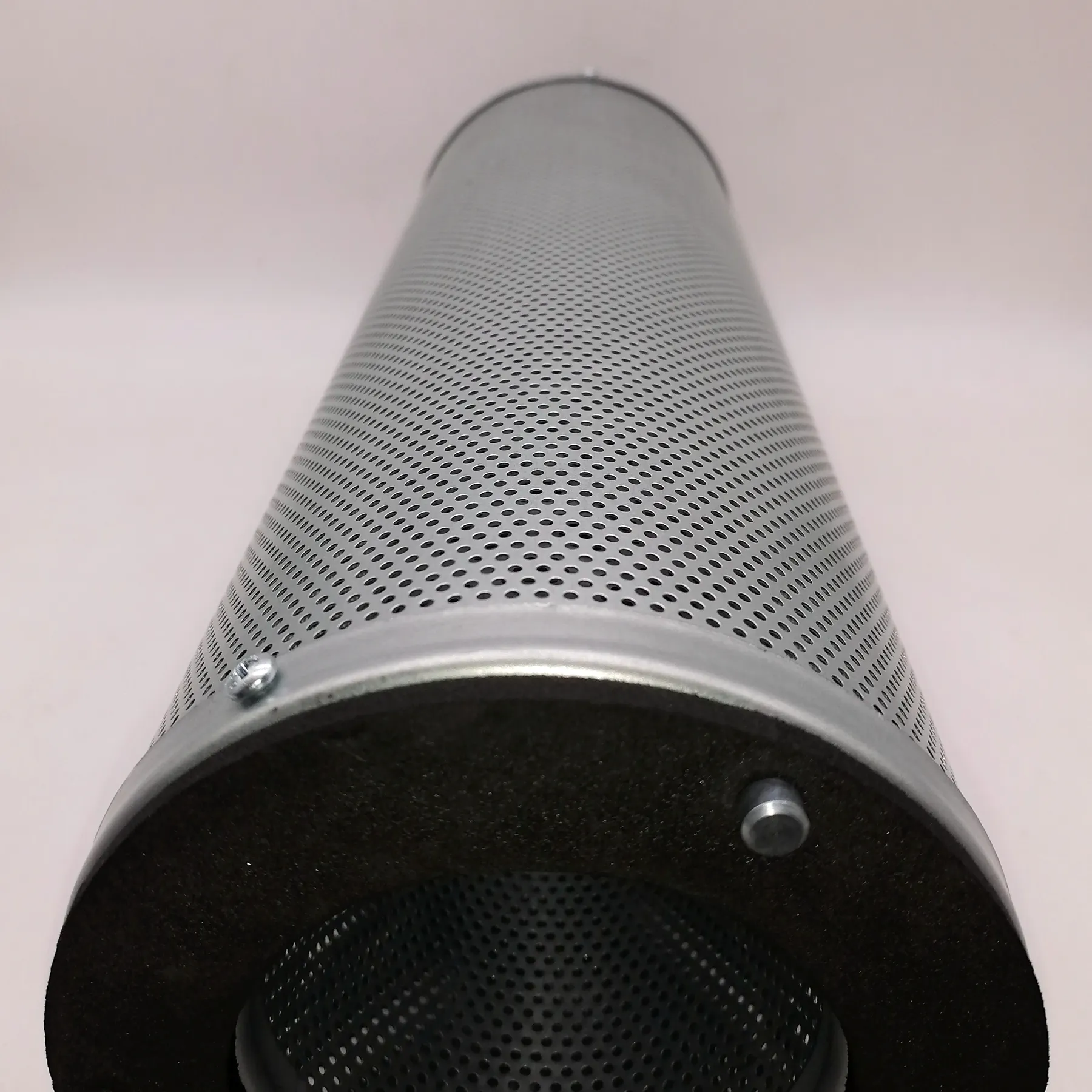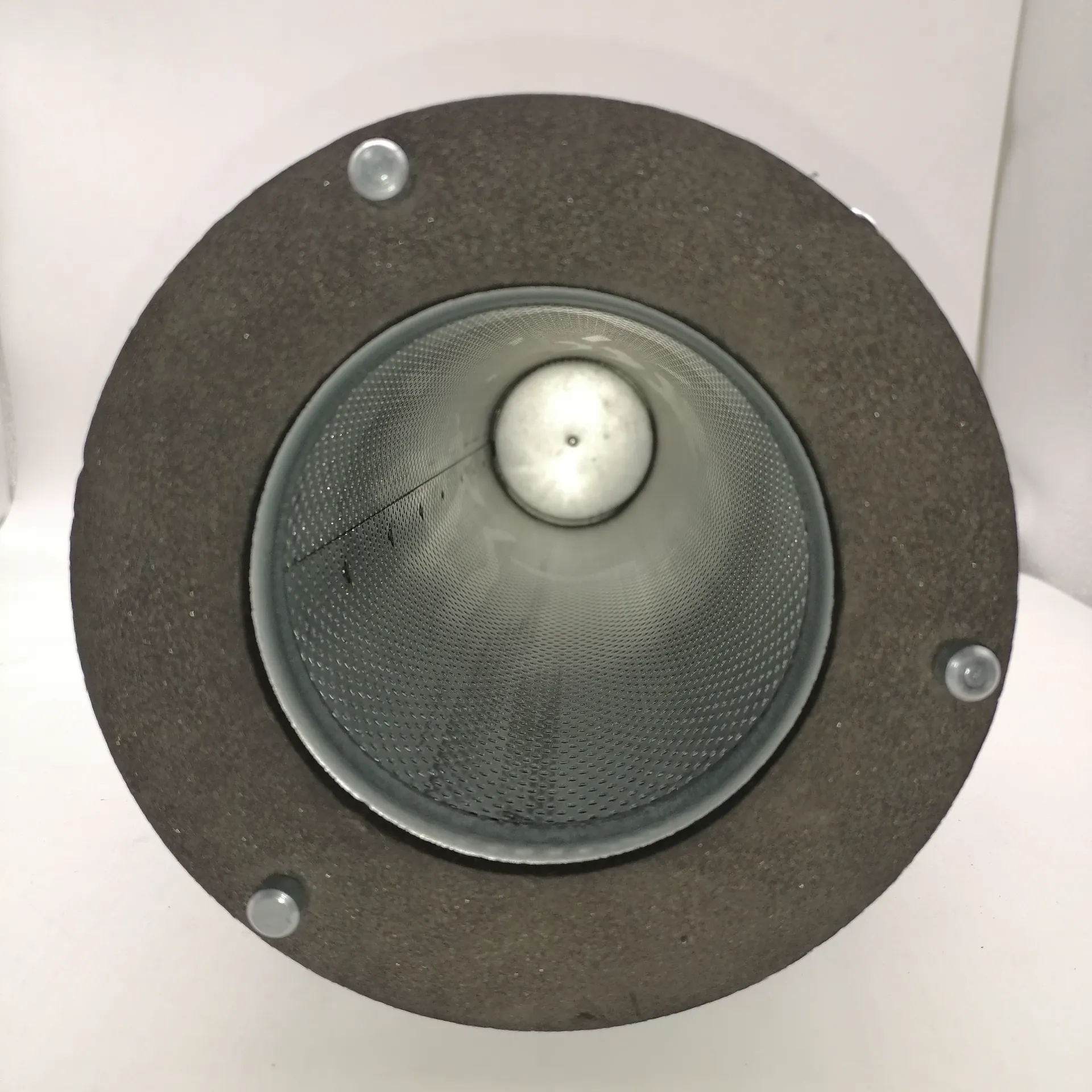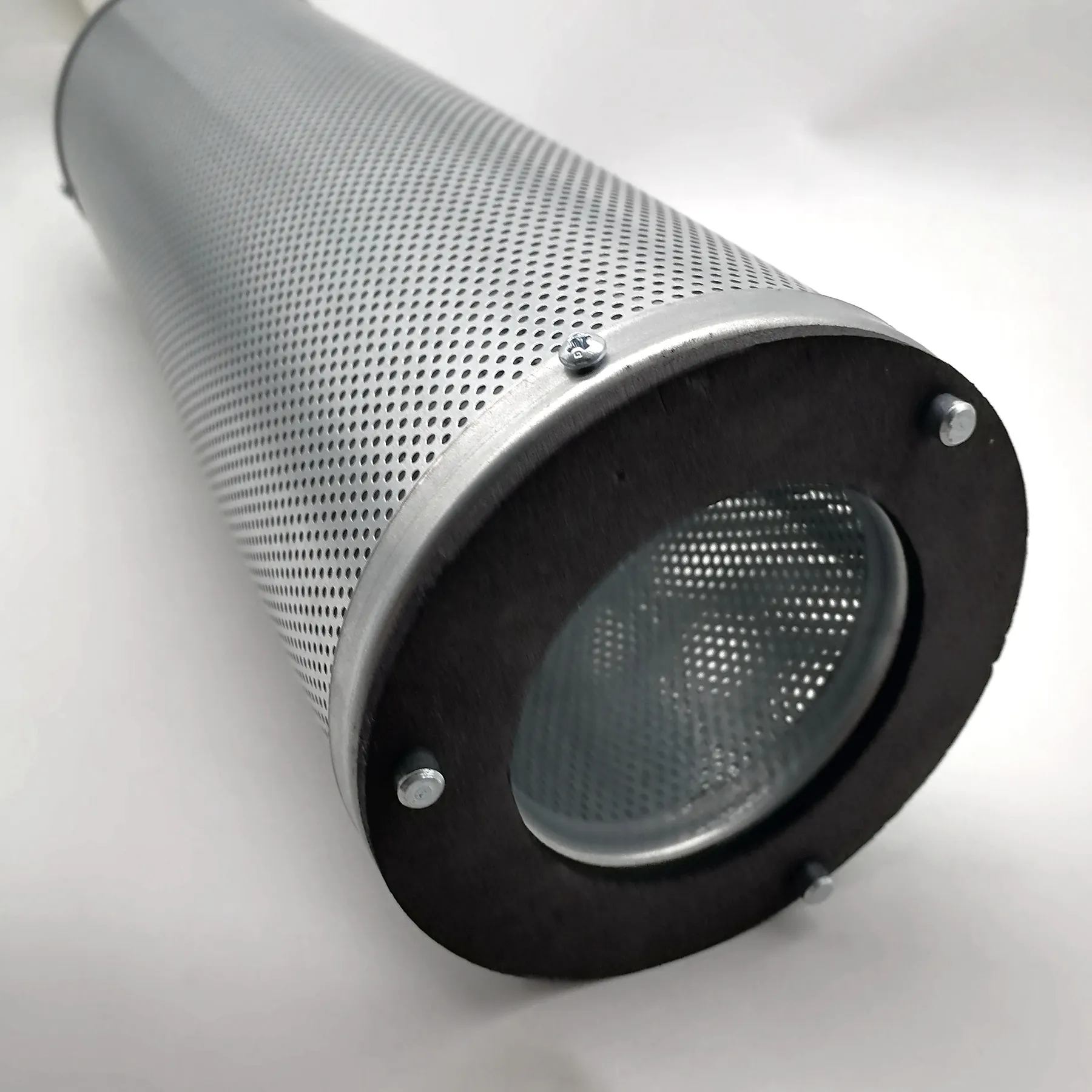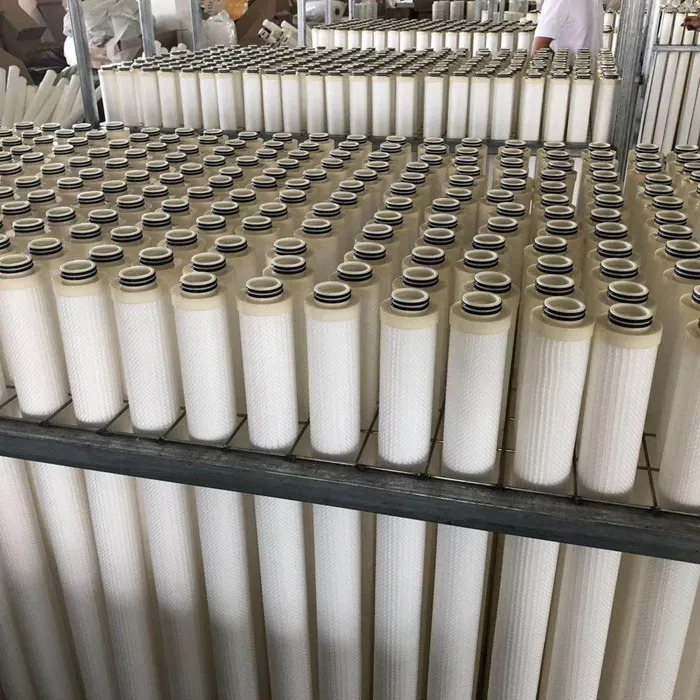 Tel:
+8618931101301
Tel:
+8618931101301
oct. . 11, 2024 12:10 Back to list
Essential Guide to Cartridge Oil Filters for Optimal Engine Performance and Maintenance
Understanding Cartridge Oil Filters Importance, Functionality, and Maintenance
In the realm of automotive maintenance, one critical component often overlooked is the oil filter. Among the various types available, cartridge oil filters have gained significant prominence due to their efficiency and ease of use. Understanding the significance and functionality of these filters can enhance your vehicle's performance while promoting longevity.
What is a Cartridge Oil Filter?
A cartridge oil filter is a cylindrical filter unit designed to be inserted into a housing within the engine's lubrication system. Unlike spin-on filters, which are a complete unit that is replaced entirely, cartridge filters typically consist of a replaceable filter element and a reusable housing. This design promotes sustainability and often reduces waste, making it a popular choice among environmentally-conscious vehicle owners.
The Role of Cartridge Oil Filters
The primary function of an oil filter is to remove contaminants from engine oil, ensuring that the oil remains clean and effective. Over time, engine oil can accumulate dirt, metal particles, soot, and other debris. If left unchecked, these contaminants can circulate throughout the engine, leading to excessive wear and potential damage.
Cartridge oil filters utilize a cellulose or synthetic media to capture these impurities, filtering out particles that can be as small as 10 microns. By maintaining a cleaner oil supply, cartridge filters help prolong engine life, enhance fuel efficiency, and maintain optimal engine performance.
Installation and Maintenance
Installing a cartridge oil filter is generally straightforward, though specific procedures may vary depending on the vehicle type. Before installation, it’s essential to ensure that the engine is cool to avoid burns and that you have the necessary tools on hand.
cartridge oil filter
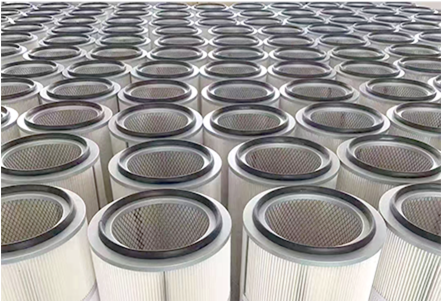
1. Prepare the Area Begin by cleaning the area around the oil filter to prevent any dirt from entering the engine during the replacement process. 2. Remove the Old Filter Carefully unscrew the old cartridge filter using the appropriate tool and dispose of it properly.
3. Install the New Filter Apply a thin layer of fresh oil to the rubber O-ring of the new filter to ensure a proper seal. Insert the new cartridge into the housing and tighten it based on the manufacturer’s specifications.
4. Check for Leaks After installation, start the engine and let it run for a few minutes. Check around the filter for any signs of leakage and ensure everything is functioning properly.
Signs of a Failing Oil Filter
Maintaining your oil filter is crucial for optimal engine performance. Here are some signs that your cartridge oil filter may need replacing
- Reduced Oil Pressure If you notice a drop in oil pressure, it could indicate a clogged filter restricting oil flow. - Engine Noise Unusual sounds from the engine can signal insufficient lubrication, potentially caused by an ineffective filter. - Oil Contamination If your oil has a milky appearance or contains debris, it may be time to change the filter as well as the oil.
Conclusion
In conclusion, cartridge oil filters play a vital role in maintaining engine health and performance. Their design allows for easy replacement and promotes environmental sustainability by reducing waste. Regular maintenance of the oil filter, along with timely oil changes, can prevent costly repairs and prolong your vehicle’s lifespan. As a vital component of your vehicle's engine, investing time and resources into understanding and caring for your cartridge oil filter will pay dividends in the long run. Whether you take on this task yourself or leave it to a professional, prioritizing oil filter maintenance is an essential step in responsible vehicle ownership.
-
How to increase the filtration area of pleated dust filter element?NewsMay.13,2025
-
The impact of different filter materials on air filter performanceNewsMay.12,2025
-
The "weight" secret of activated carbon filter: the heavier the better?NewsMay.09,2025
-
Why is coconut shell activated carbon the preferred material for high-end filter elements?NewsMay.08,2025
-
5 maintenance tips to extend the life of dust filter elementsNewsMay.07,2025
-
Why does the air filter affect the power of the car?NewsMay.06,2025

 Email:
Email:
